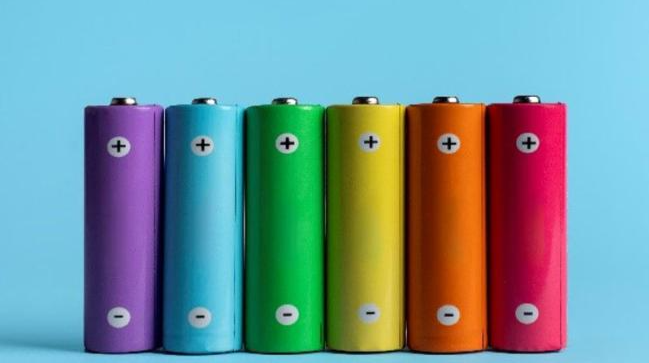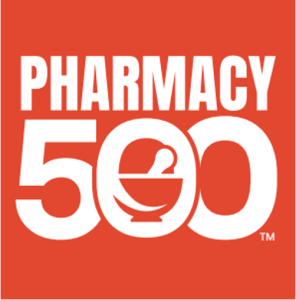When it comes to mobile computing, battery safety is one of the most critical product requirements and should be a key purchasing consideration. The choice of battery technology also has important implications for the total cost of ownership, the environment, and clinician safety.
All Lithium Batteries Are Not Created Equal
There are Lithium Cobalt, Lithium Iron Phosphate (LiFe), Lithium Nano, and several more chemistry options. Lithium Cobalt, for example, is used for Laptop computers but would be susceptible to dangerous thermal events if used in the larger form factor needed for an EMR cart (WOW). This chemistry is also not suitable for hot-swappable batteries, where dropping a battery could again cause a dangerous thermal event. And what if that event happened in a pediatric ward or emergency room where there is other highly flammable medical equipment?
The safer battery chemistry for EMR carts (WOWs) is Lithium Iron Phosphate (LiFe). This battery is one of the safest and most stable batteries available. It can deliver high power without overheating. A disadvantage is that it is lower voltage and lower capacity—meaning your mobile products will have less run time.
Lithium Nano batteries provide the best of both worlds. They have a similar safety profile to LiFe chemistry, greater available power, and require less time to recharge. These batteries also have a longer shelf life than other batteries. The Lithium Nano battery has a very high cycle life due to the Nanostructure of the Lithium powder material. This “Li-Nano” battery chemistry is the safest and leading battery technology on the market today.
Advantages of a DC Optimized Solution
Safety of Users & Patients – When we think of a safe patient experience or environment we often think of clean surfaces, procedures in place to reduce medication errors, or ways to reduce diagnostic errors. Battery safety isn’t something that typically comes to mind. However, when the battery system is powering a mobile computer workstation with 120V AC current, there can be a risk of shock to clinicians and the patients they serve. This is in addition to the fire risk inherent in some battery chemistries. A superior Li-nano chemistry running low voltage DC current avoids both risks, ensuring the safety of clinicians and patients. These mobile workstations on wheels can be used in a variety of settings from pediatric units to emergency rooms where they are around other equipment and machines that are lifesaving. Any risk of spark or fire absolutely must be mitigated.
Efficiency – Batteries put out DC power. The computer and screen used on an electronic medical record (EMR) both operate on DC power as well. However, that computer hardware frequently comes with an external power brick and AC plug. The conversion of AC to DC power (and vice versa) is very inefficient, wasting electricity. So, if an AC-output battery system is used, electricity gets wasted twice: once going from the DC battery to its AC socket, and again via the computer’s external power brick.
A far superior system design sends DC power directly from the battery to the computer, bypassing these costly DC-AC and AC-DC conversions. This results in an electricity savings of 20-25%! That better power efficiency directly translates to runtime, meaning your medical cart can run hours longer before needing to be recharged. This same efficiency improvement translates directly to battery life, meaning that a DC Optimized point-of-care system lasts 20-25% longer than an AC-powered system. The more efficient DC system consumes less energy and creates less waste.

Improved Total Cost of Ownership – The typical AC-powered point-of-care cart solution, on average will cost approximately $20/year more per cart in electrical consumption than a DC Optimized solution. This may not sound like a lot, but if a facility has a fleet of 500 carts operating for 5 years, they could save approximately $50,000 in electricity costs if they purchase a DC Optimized solution.
Another contributor to the TCO of your WOW is battery disposal. When your equipment uses LiFe and Li-Nano battery packs that weigh less than 7lbs/3.18kgs and are made up of “C” sized battery cells, they do not require special disposal procedures. Spent battery packs can be dropped off at any www.call2collect.org battery collection center at no cost. Home Depot, for example, is one of these drop-off locations. These locations can only accept batteries weighing less than 11 lbs./5kgs. Any battery that exceeds this weight will require an expensive third party for proper disposal. This cost should be added into the total cost of ownership of the WOW.

AccessPoint Satisfies All These Requirements
AccessPoint™ powered workstations on wheels by TouchPoint Medical provides an ergonomic solution for caregivers, a flexible technology platform for IT, and a reliable long-term asset for healthcare facilities from pediatric centers to emergency rooms and more. These WOWs are built with DC-optimized lithium batteries that are safe for patients and caregivers alike. Because it is DC optimized your facility will appreciate the power efficiencies of this point-of-care unit by experiencing an increased runtime of 20-25%. Your total cost of ownership will go down due to its low electrical consumption and ease of battery disposal, and your staff’s job satisfaction will go up because you will be giving them access to a tool that will make their job more efficient.








